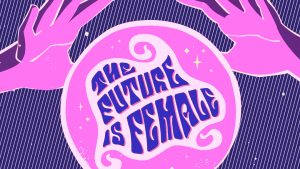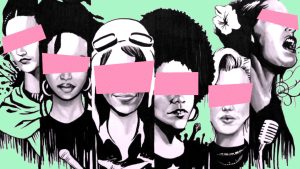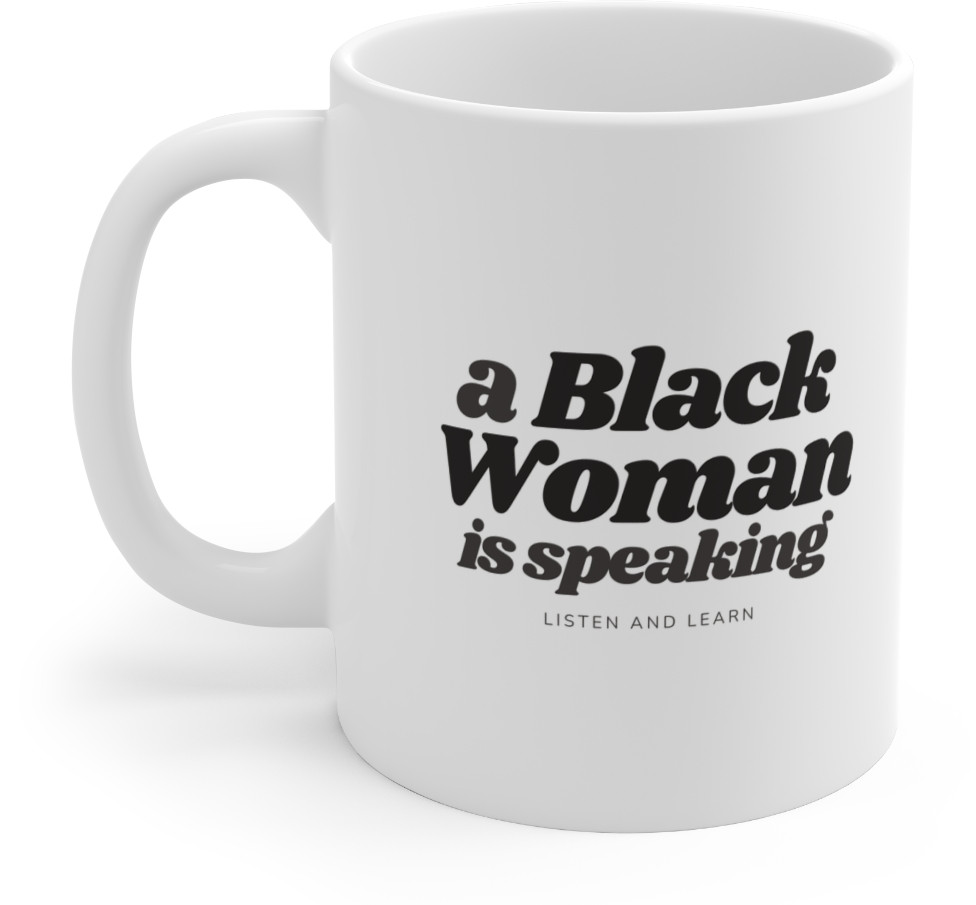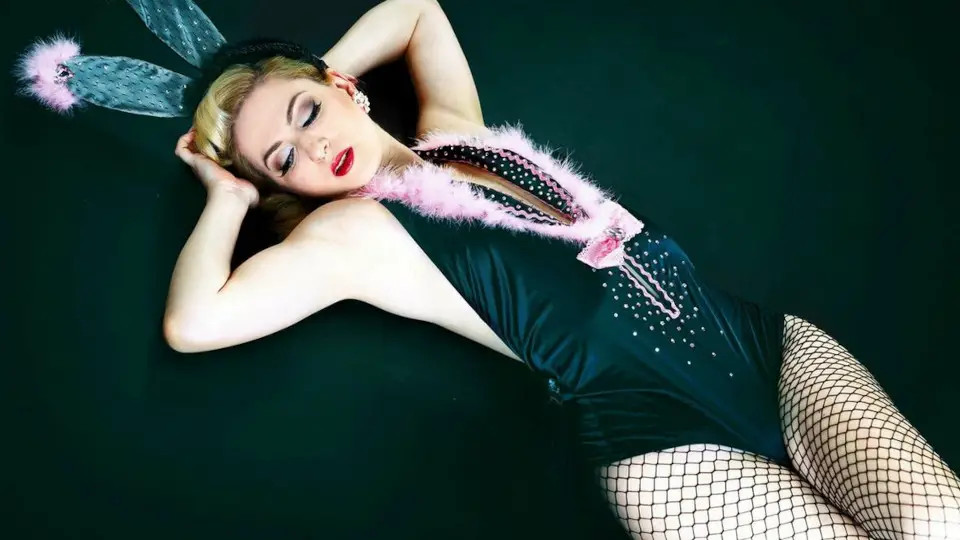Burlesque has been around for centuries, originating in the late 19th century as a form of entertainment that combined elements of comedy, theater, and dance. Unlike stripping, which is focused solely on nudity and sexual gratification, burlesque is all about teasing, playing with expectations, and empowering women to reclaim their sexuality on their own terms.
At its core, burlesque is a celebration of the female form, but it has nothing to do with sex. Instead, it’s about taking back control from the male gaze, which has traditionally reduced women to mere objects of desire. By performing in a burlesque show, women can reclaim their bodies and present themselves in a way that is both confident and sensual, without feeling like they’re being reduced to a sexual commodity.
One of the key differences between burlesque and stripping is the emphasis on performance, rather than just taking off clothing. Burlesque performers are artists who use their bodies as canvases, putting on elaborate costumes, using props, and incorporating different styles of dance to tell a story or make a statement. Whether they’re playing with gender roles, poking fun at cultural norms, or simply celebrating their own bodies, burlesque performers are pushing the boundaries of what is considered acceptable in a performance setting.
Despite its long history, burlesque has faced numerous challenges and setbacks over the years. It was banned in many places in the early 20th century, and it took a while for it to re-emerge as a legitimate form of entertainment. However, in recent years, burlesque has been undergoing a revival, with more and more women taking to the stage to reclaim their sexuality and challenge traditional notions of beauty and femininity.
This resurgence of burlesque is a testament to the power of women coming together and embracing their own sexuality. It’s a movement that is about much more than just taking off clothes and dancing—it’s about embracing one’s body, regardless of size, shape, or any other external factors, and using it as a tool for self-expression and liberation.
In a world that still often objectifies and devalues women, burlesque serves as a reminder that women have the power to reclaim their bodies and their sexuality. It’s an art form that is growing and changing, and we can only hope that it continues to spread and inspire women everywhere to celebrate their bodies and their sexuality in a way that is empowering and liberating.
In conclusion, the art of burlesque is not just a form of entertainment, but a powerful movement that is challenging the male gaze and celebrating the female form. As it continues to grow and evolve, we can only hope that it becomes a global movement that empowers women everywhere to take control of their bodies and their sexuality.
But there's more. Check out these bussin stories:
- For the guys
 12 scientific reasons the future is female Luckily for us, the wage gap isn’t the only gender gap. It turns out that most of the other gaps favor the superior sex.
12 scientific reasons the future is female Luckily for us, the wage gap isn’t the only gender gap. It turns out that most of the other gaps favor the superior sex. - History
 Herstory: the ‘almost famous’ women that history tried to hush up History is full of forgotten great women, often quietly shamed as the "other woman" and buried somewhere in patriarchy's killing ground between the pages of musty textbooks.
Herstory: the ‘almost famous’ women that history tried to hush up History is full of forgotten great women, often quietly shamed as the "other woman" and buried somewhere in patriarchy's killing ground between the pages of musty textbooks. - History
 The 15 most important women in tech history In honor of Women's History Month and Ada Lovelace Day (March 24), let's count down women's numerous contributions to technology.
The 15 most important women in tech history In honor of Women's History Month and Ada Lovelace Day (March 24), let's count down women's numerous contributions to technology.



Why does there have to be a conflict between sex and feminism? In my mind, feminism has always represented the ideal of women being able to do what makes them happy. Burlesque makes you happy, so why should that have any effect on your feminism? Because it shows you being sexy? I think women have full rights to be sexy and should embrace it – and feminism shouldn’t be there, staring them down and discouraging them.
I encourage you to do burlesque and add undertones to it – it’s about the fun and not the stripping, as much. But don’t make that in conflict with your feminist beliefs.
The creation of anything can lead to conflict between the creator and its audience, especially towards any meaning or purpose.
But ultimately, as long as both parties are happy with what they get out of it, then keep going!